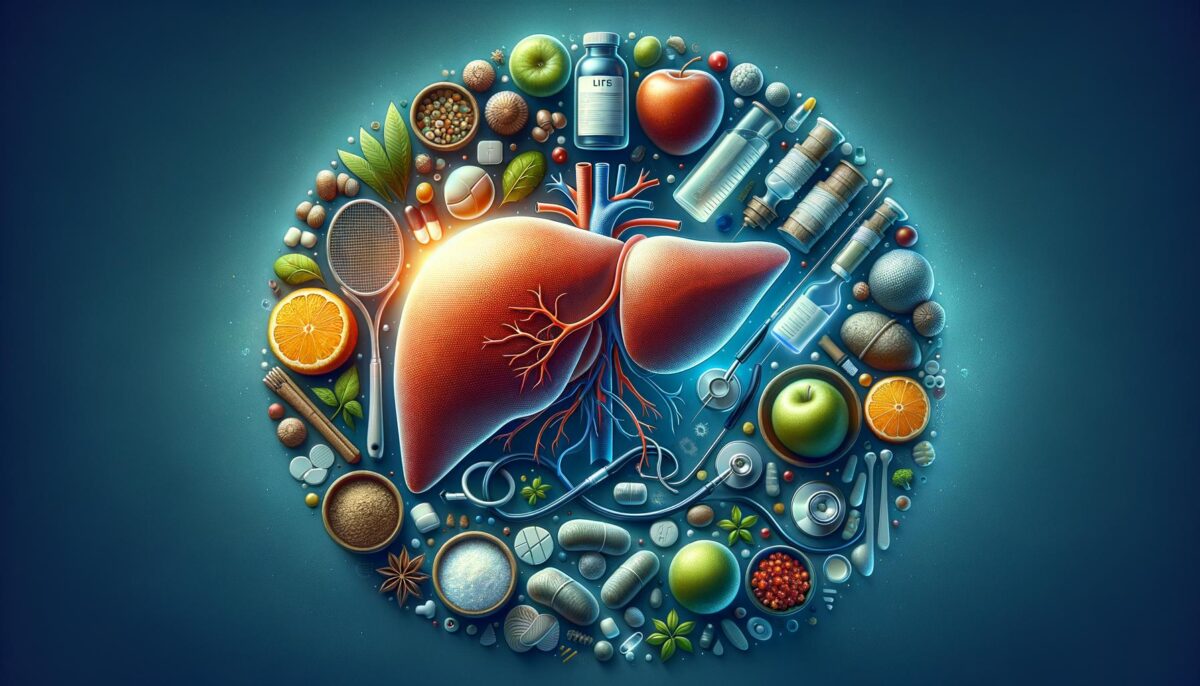What is Fatty Liver?
Fatty liver, or hepatic steatosis, is a condition characterized by an excessive accumulation of fat in the liver. While it’s common to have small amounts of fat in the liver, when fat makes up more than 5-10% of the liver’s weight, it can lead to health complications. There are two main types: alcohol-induced and non-alcoholic fatty liver disease (NAFLD). With rising obesity rates, NAFLD is becoming increasingly prevalent worldwide. Early detection is important to mitigate potential liver damage, so it’s essential to understand the signs of fatty liver.
Recognizing the Symptoms
Having a fatty liver often doesn’t cause noticeable symptoms, which can make early detection challenging. However, as the condition progresses, individuals might experience fatigue, discomfort in the upper right abdomen, or unexplained weight loss. For many, the first step in management is to understand the signs of fatty liver. Common indicators include:
- Mild pain or fullness in the right upper abdomen
- Fatigue and weakness
- Elevated levels of liver enzymes found in blood tests
If left untreated, fatty liver can lead to inflammation, liver fibrosis, and even cirrhosis, making it crucial to seek medical advice if symptoms arise.
Diagnosing Fatty Liver
A doctor can diagnose a fatty liver through a combination of patient history, physical exams, blood tests, imaging tests, or liver biopsy. Blood tests can reveal elevated liver enzymes that may indicate liver inflammation. Imaging studies, such as ultrasounds, CT scans, or MRIs, can detect fat in the liver and assess liver health. In some cases, a liver biopsy may be recommended to understand the extent of liver damage. Diagnosing fatty liver is the first step towards managing it effectively.
Treatment and Lifestyle Changes
Effective management of fatty liver involves lifestyle changes and, in some cases, medication. While there’s no specific medication for non-alcoholic fatty liver disease, treating related conditions such as obesity, diabetes, and hyperlipidemia is essential. Key lifestyle changes include:
- Adopting a balanced diet low in saturated fats and rich in fruits, vegetables, and whole grains
- Engaging in regular physical activity, aiming for at least 150 minutes of moderate exercise per week
- Limiting alcohol intake and maintaining a healthy weight
These changes can significantly improve liver function and overall health, helping to reverse fatty liver.
Conclusion: Taking Charge of Liver Health
Managing fatty liver effectively requires a combination of medical oversight and proactive lifestyle changes. By prioritizing health, individuals can not only understand the signs of fatty liver more clearly but also take significant steps towards prevention and treatment. Regular medical check-ups, alongside a healthy diet and consistent exercise regime, are vital components of maintaining liver health. Awareness and early intervention can prevent more serious health issues, making empowerment through knowledge and action essential. Taking charge of your liver health today can lead to a healthier tomorrow.
